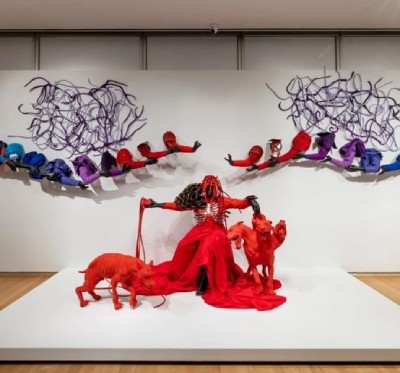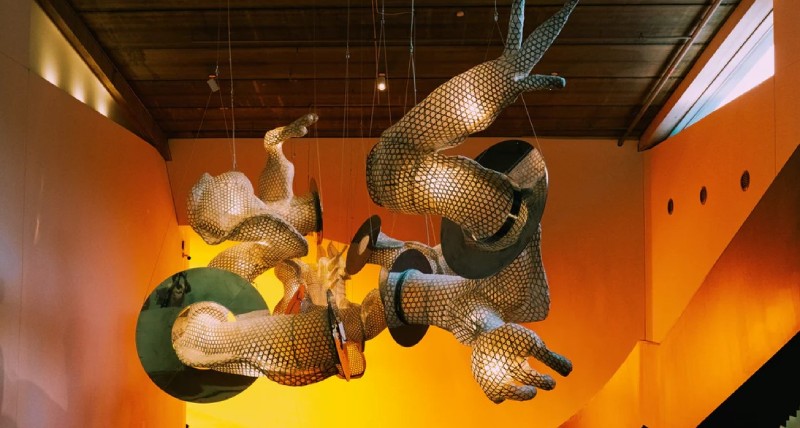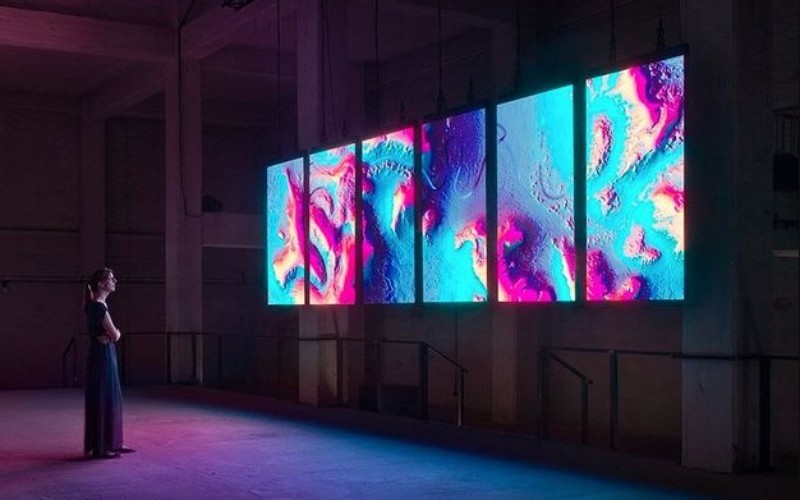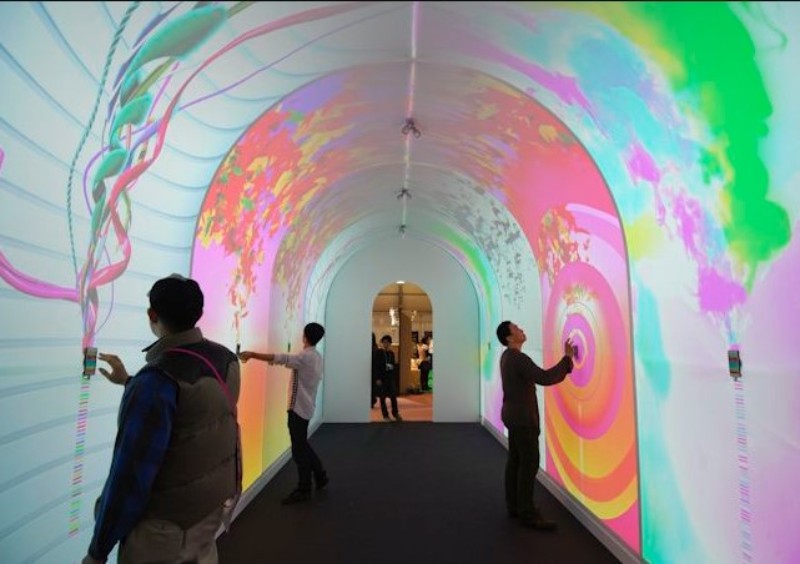The Rise of Avant-Garde Movements in the Early 20th Century
At the beginning of the 20th century, a series of revolutionary art movements, often called the avant-garde, emerged. This term, meaning “advanced guard,” refers to artists who created new, experimental art styles that broke away from traditional norms. Some of the major avant-garde movements included:
- Cubism: Led by artists like Pablo Picasso, Cubism used abstract, geometric shapes to represent subjects, challenging the idea of realistic representation.
- Surrealism: Surrealism was inspired by the unconscious mind and dreams, creating fantastical, dreamlike scenes.
- Dadaism: A response to the horrors of World War I, Dadaism rejected logic and embraced absurdity as a critique of society.
These movements marked a clear shift toward modern forms of expression. They challenged old techniques and often brought in new materials and methods, such as collage, abstraction, and non-traditional art-making. Artists were no longer creating for beauty; they used their work to express ideas and emotions that had social and political weight.




